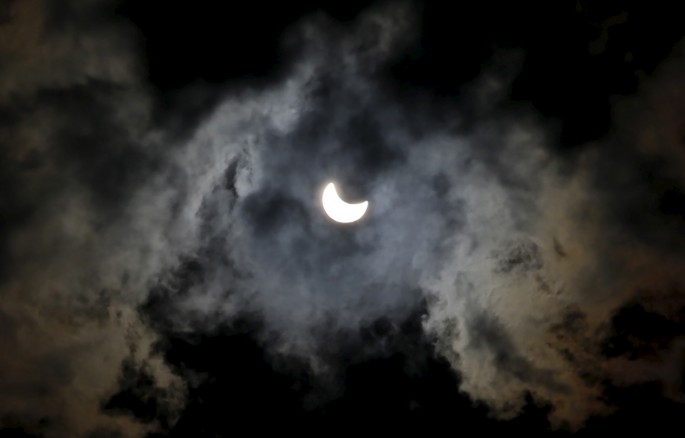A day after the solar eclipse on March 20, the "supertide" or the "tide of the century" hit France.
Thousands of locals and tourists gathered on the French island of Mont Saint-Michel off the coast of Normandy, to witness the phenomenon, which is the biggest tide in 18 years caused by the solar eclipse and the "supermoon."
With the solar eclipse, the moon is coming closer to Earth than usual causing the unusually high tidal surge, which is of around 14 meters or about a four-story building high. For a couple of minutes, the spring tide entirely cut off Mont Saint-Michel from the mainland.
The first of this millennium, the "tide of the century" follows remarkably high tides seen on March 10, 1997.
Known for having one of the strongest tides in the world, the rocky Mont Saint-Michel is home to the historic Norman Benedictine Abbey. The 11th century fortified island used to be a medieval stronghold and was a popular destination.
Along the entire northern French coast, the tide rushes in and out. However, it is particularly dramatic at the UNESCO world heritage site, which is an ancient abbey typically connected to the mainland only through a narrow causeway at high tide.
As the French Naval Hydrographic and Oceanographic Service (SHOM) expect, the tidal coefficient may reach a record-high of 119, RT has learned.
It is also expected that the super high tide will affect coastlines along the North Sea and the English Channel, as well as the Mediterranean to a lesser extent, Sputnik News has learned.



























